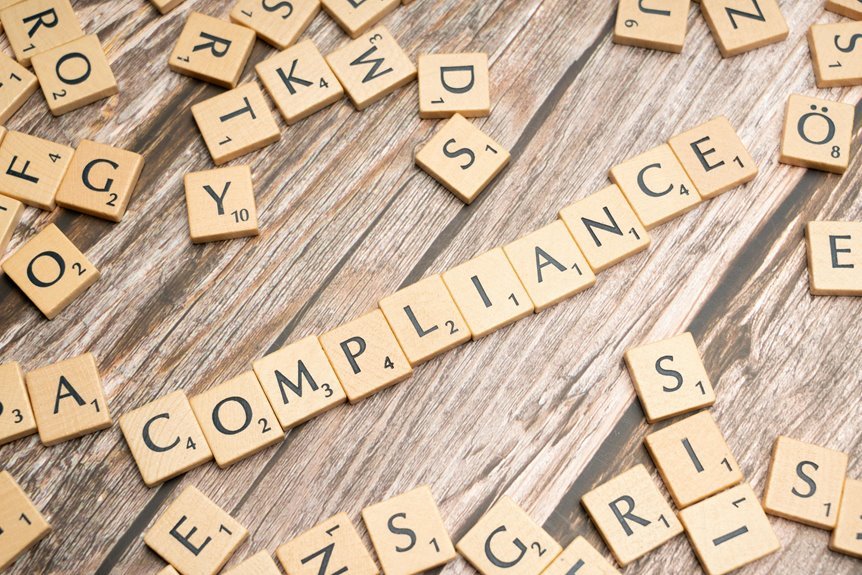The Global Signal Integrity Monitoring Compliance Board (GSIMCB) establishes critical standards for signal integrity across multiple sectors. Its role encompasses the development of compliance protocols and regular assessments to enhance electronic system performance. By facilitating collaboration among various stakeholders, the board addresses the risks of signal degradation. However, as technology evolves, new challenges emerge that may impact compliance standards. This prompts an examination of the board’s future initiatives and strategies for adaptation.
Overview of the Global Signal Integrity Monitoring Compliance Board
The Global Signal Integrity Monitoring Compliance Board (GSIMCB) serves as a pivotal entity in the oversight and standardization of signal integrity monitoring practices across diverse industries.
Its mission encompasses establishing protocols for compliance monitoring to ensure optimal performance and reliability of electronic systems.
Key Functions and Responsibilities
Ensuring compliance with signal integrity standards requires a comprehensive set of functions and responsibilities undertaken by the Global Signal Integrity Monitoring Compliance Board (GSIMCB).
These include developing and enforcing monitoring standards, conducting regular assessments, providing technical guidance, and facilitating knowledge sharing among stakeholders.
The GSIMCB plays a crucial role in maintaining rigorous signal integrity practices across industries, ultimately enhancing system performance and reliability.
Impact on Industries and Compliance Standards
Compliance with signal integrity standards significantly influences various industries, as adherence to these standards promotes system reliability and performance.
Enhanced signal integrity facilitates the development of robust electronic systems, ensuring minimal data loss and optimal functionality.
Consequently, industries such as telecommunications, automotive, and aerospace prioritize compliance standards to meet regulatory requirements, fostering innovation while mitigating risks associated with signal degradation and operational failures.
Future Challenges and Initiatives
What obstacles lie ahead in the realm of global signal integrity monitoring?
Emerging technologies present both opportunities and challenges, necessitating the adaptation of existing frameworks.
Additionally, regulatory changes are anticipated to impose stricter compliance standards, compelling organizations to innovate continuously.
The balance between leveraging advancements and adhering to regulations will be crucial for maintaining signal integrity while fostering technological freedom in future initiatives.
Conclusion
In conclusion, the Global Signal Integrity Monitoring Compliance Board stands as a vigilant guardian in the realm of electronic systems, ensuring that signal integrity remains uncompromised. As industries evolve, the board’s unwavering commitment to collaboration and innovation will be pivotal in addressing emerging challenges. By fostering a culture of compliance, the GSIMCB not only protects technological advancements but also nurtures a future where reliability and performance thrive, safeguarding the very foundation of modern connectivity.





